Equipment
WRX Insider: A deep dive into the bag of Cameron Champ
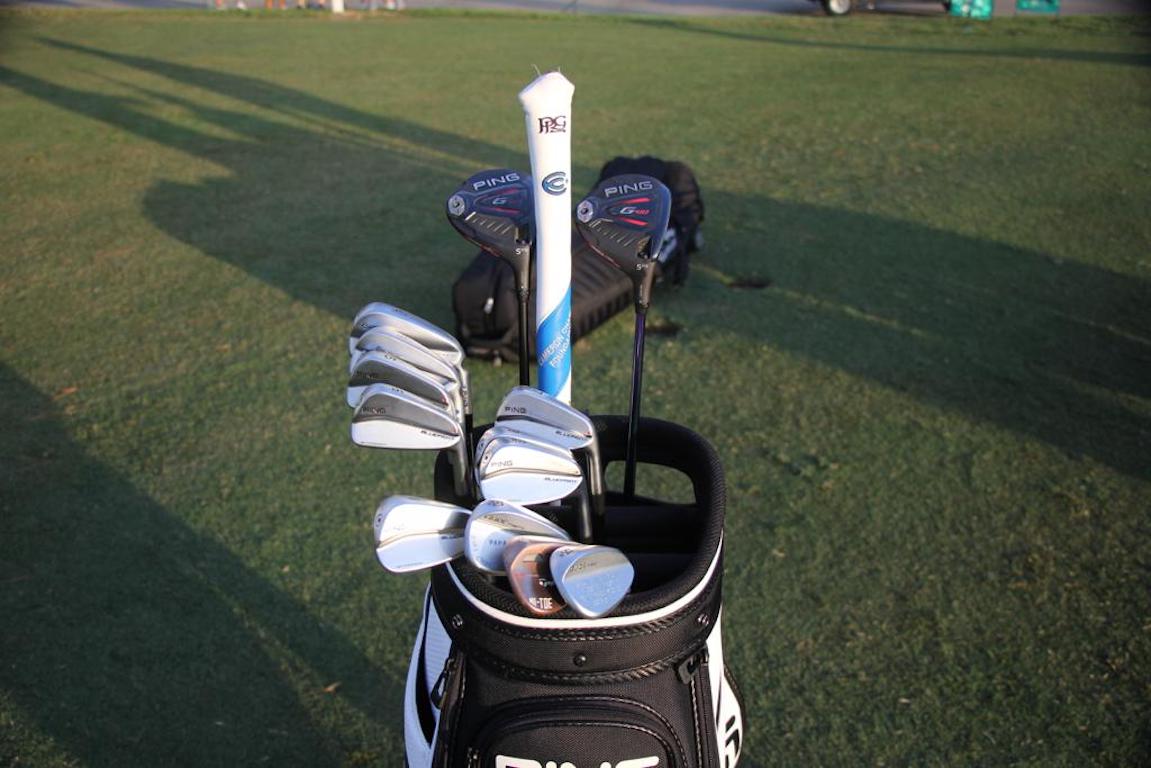
Long hitters on the PGA Tour come in all shapes and sizes, from the oversized behemoth that is now Bryson Dechambeau to the slighter-in-size Rory McIlroy, the traditional long-and-lean Dustin Johnson, and today’s subject, a player who lives (in size) right between Rory and DJ: Cameron Champ.
Of the four players mentioned, the two who live in the prestigious 185+ zip code are Bryson and Cam Champ. Similar speed but on totally different planets with respect to 1) how they get there and 2) the set makeup to complement it.
If you go back to the look into Bryson’s bag, you see a setup that is manipulated to control spin and launch at any cost, even going as far as being one to two clubs strong from a loft perspective. Also, keep in mind that he has the odd factor of having all of his irons at 37.5 inches, so the math is very Bryson worthy.
In the case of Cameron Champ, it’s a totally different animal altogether. What we will find is a player who is looking for launch and spin, plays with modern/traditional lofts, and from a look above, you are looking at a pure speed profile. He’s strong, yes, but between Cameron and Bryson, it’s the difference between Bruce Lee and Hulk Hogan.
Ping tour tech Kenton “K.O” Oates assisted in this deep dive. This is what he had to say on Cam’s bag.
JW: Let’s start with spin and launch. How much of a challenge is it to find Cam a set up that allows control but at the same time doesn’t limit him speed-wise?
KO: Cameron has effortless power. He routinely tests around 190 mph of ball speed and he has much more in the tank if needed. We got to his current setup under the premise that control would equal distance at his speeds. If we could create more center contact and provide optimum spin (2600-3000), then Cameron was going to find more fairways and hit straighter shots, thus resulting in all the distance he would need. Cameron’s ball speed started to challenge our models for launch and spin the more we worked with him. In general, as launch goes down, spin must increase to keep the ball in the air to maximize distance. With Cam, he can launch it lower with less spin than most because his ball speed is so high. The ball stays in the air because it’s going so fast!
JW: If you look at Bryson’s set up versus Cameron’s, as a fitter, what can you tell us about how each player gets to his particular optimization?
KO: I think the biggest difference between Bryson and Cameron are the launch conditions they are trying to create. Bryson is hitting his ball to the stratosphere compared to Cameron. Bryson is a smart guy and he understands that the higher he hits it the more distance he can get. Although Cameron can hit up on it and create numbers that look better on Trackman, he has always been more comfortable hitting a lower launching bullet. My guess is Bryson is hitting up on his driver currently and using much less loft than the almost 10 degrees of actual loft Cameron is playing while swinging down 1-2 degrees.
Bryson studies the science, and the science says to maximize distance, you need to create higher launch with low spin. He accomplishes this with his AOA. No doubt Bryson’s AoA is on the up. This allows him to reduce the loft of his driver which creates faster ball speeds and less spin. The cool thing is that Cam does it the exact opposite. Cam’s AoA is down 1 or 2 degrees. When Cam came to us as a junior, he was down like 6-8! He could hardly spin it under 3,000. Foley has done a great job of getting him closer to neutral, thus increasing his distance by launching it higher with less spin. At one point while working with him, he had his AoA in the plus and he was hitting bombs. He increased his distance but, his accuracy decreased. He has settled at 1-2 down to maximize both his distance and accuracy.
JW: Cam swapped out of G400 Max with Fujikura Tour Spec last season into a profile that lives at the other end of the spectrum. What was that process like?
KO: Cameron got into his current set up at Liberty National two years ago during the FedEx Cup. As stated above, Cameron was looking for consistency over distance during this process. His main goals were to eliminate left, increase center contact and control spin. The last item is sometimes confusing with Cameron. You would think controlling spin with someone at the speed would always be decreasing, but it was the opposite with Cameron. To add the consistency and reduce left we shorted and stiffened the tip of the shaft profile, both these caused his spin at this normal loft to be well under 2,300, which at Cameron’s lower launch, feels out of control. Once we adjusted the driver into the flat+ and got him roughly 10 degrees, of loft it was instantly a home run. Spin stabilized at 2,600 and the visual of seeing more loft really gave Cameron confidence to go ahead and cover his driver.
JW: When it comes to his irons, he switched out of iBlade into Blueprint. What caused the switch?
KO: The Blueprint was always a model that I think we thought Cameron would like. Initial testing Cameron loved the look, feel and capture, but with gamer shafts, he was not getting the right window, and since we were in the middle of the season Cameron went back to iBlades. During the initial testing, we learned a lot as we tried a softer shaft that allowed him to get the height he wanted but ended up being too loose feeling causing great dispersion. Second time we went to work we had a great—no pun intended—blueprint for what Cameron was looking for. Went from DG X100 to DG X700 to give Cameron some added control and also added out Cushin insert, which goes into the shaft and adds about 10 grams of total weight.
JW: Do you do anything special to the sole of his irons to complement his turf interaction?
KO: Blueprints go through the ground so good, we have not had to make any adjustments to Cameron’s or anyone else on tour playing that model.
JW: He (like a lot of players) has gone to a more lofted fairway metal to replace the 3-wood. Does a standard 3 wood just go too far and throws off his gapping?
KO: Spot on, traditional 3-woods were going so far, Cameron he just ended up never using them during competition. Last year at the 3M Open he came to us and had added up the number of 3-woods he hit for the year on courses, and I believe it was single digits. That’s when we started to work on his current fairway wood, which is basically 4-wood.
JW: Any fun Trackman stories?
KO: My favorite is still my first one at an event with Cameron. Cameron qualified for the U.S. Open as an amateur at Erin Hills, an event we decided to launch G400 metal woods. Cameron played a practice round with Rory earlier in which Justin Thomas was supposed to join but for some reason couldn’t make it. After he played nine, he was working with his coach Sean Foley and myself on G400 driver. Rory was a couple of stalls to Cameron’s right and mid-session Justin Thomas walks on the range and Rory goes, “Justin you have to see this,” and points to Cameron. Cameron’s next ball was 200 mph ball speed and on a frozen rope.
JW: What clubs in Cam’s bag are the most challenging to dial in? I would imagine with his low launch that the driver is quite the Rubik’s cube…
KO: To me, it is the club after the driver. 3-woods go forever, and he basically ended up playing around them, so we opted for a 5-wood made into a 4-wood. Also has a G410 2-iron Crossover that he can hit really low and about the same distance as his 4W (280+), and an i500 3 iron built like a traditional 2-iron in terms of length and loft, which has similar flight but little less steam. Cameron will spend his time early in the week with caddy Kurt deciding which one of those options will make the bag each week.
JW: What are his optimal launch numbers with the driver?
KO: Launch 6-8 degrees. Spin 2,600-2,800 RPM. 190-plus MPH ball speed.
JW: What miss is his set up protecting against?
KO: Driver definitely was built to be a straight-to-fall-right anti “left” club. Other than that, Cameron is such a neutral swinger, his stuff is built in much of the same way.
JW: Has he ever considered any other irons in the lineup? I210?
KO: Cameron plays an iBlade 4-iron on the simple fact he doesn’t love how small the Blueprint 4-iron is. From there, he has an i500 “4-iron” that plays in spec just like a three iron would (length, loft, etc). Cameron prefers less offset and has been comfortable with i500 long iron/driving iron options from the beginning, so he has never tested i210.
JW: A lot of Ping staffers are in the PLD custom putters. What can you tell us about what makes those putters so unique?
KO: Tony Serrano has done a great job over the last few years listening to players’ ideas and combining those ideas with holes in our putter line. Combine that with the highest level of production and materials, and you’re going to end up with some really sweet putters.
Cameron Champ WITB: Full Bag Specs
Driver: Ping G410 LST [email protected] (Flat + setting) w/ Project X Hzrdus Smoke Green 70G 6.5 TX @44.25 , Tip 1.5″, D4 SW w/ Hotmelt @ *5g Face, 5G Toe*
FW Wood: Ping G410 17.5@16 (Flat – Setting) w/ Project X Hzrdus Smoke Green 90G 6.5 [email protected], Tip 1.5″, D4 SW w/ Hotmelt @ *5g Face*
Irons: (4+) Ping I500 4 Iron (4) Ping I Blade (5-PW) Ping Blueprint w/ True Temper Dynamic Gold Tour Issue X7
Loft/Lie/Length/SW
- 4+-21/61.25/38.75/D3+
- 4-23/59.75/38.25/D4
- 5-27.25/60.5/37.75/D4
- 6-31/61.25/37.25/D4
- 7-34.5/61.75/36.75/D4
- 8-38.5/62/36.25/D4
- 9-42.75/62.5/35.75/D4+
- PW-46.25/63.25/35.5/D5
Wedges: Ping Glide Forged (50/10, 54/10@55, 60/[email protected]) w/ True Temper Dynamic Gold Tour Issue S400
Wedge Specs
Loft/Lie/Length/SW
- 50/63/35.25/D5
- 55/63.25/35/D5+
- 61.5/62.5/34.75/D4
Grips: Lamkin UTX
Putter: Ping PLD Anser 2 Matte Raw @35 inches, 20 lie, 2 loft, head weight at 340G w/ Ping PP58 Midsize grip
Ball: Srixon Z-Star XV
Carry Distances:
- Driver: 320-330
- 4-wood: 270-280
- 4i(i500): 245
- 4i (Iblade): 230-235
- 5: 220-225
- 6: 210-215
- 7: 190-195
- 8: 175-180
- 9: 165-170
- PW: 150-155
- 50: 130
- 55: 115
- 60: 85
- LIKE83
- LEGIT9
- WOW6
- LOL5
- IDHT2
- FLOP1
- OB0
- SHANK3
Whats in the Bag
Alejandro Tosti WITB 2024 (April)
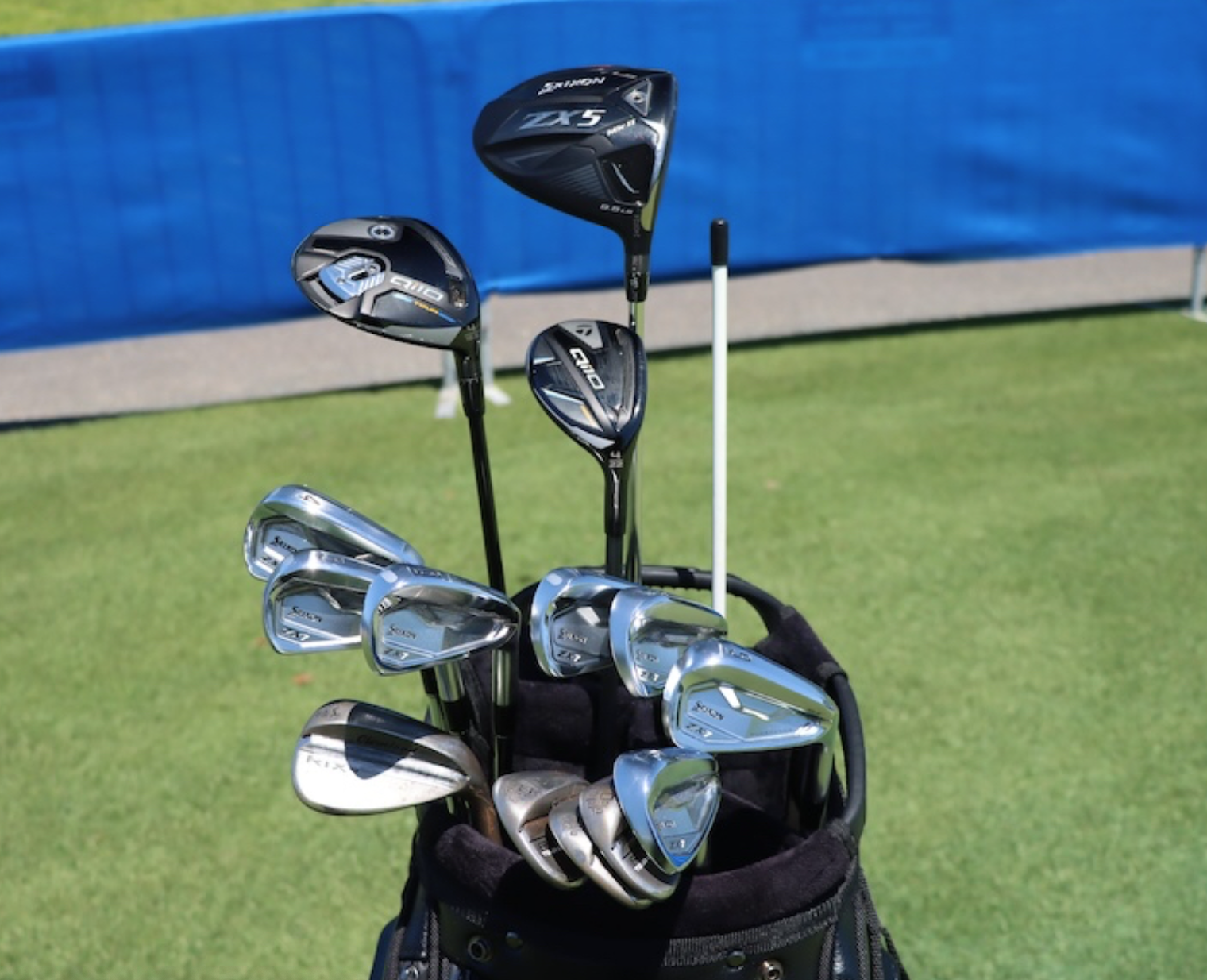
- Alejandro Tosti what’s in the bag accurate as of the Zurich Classic.
Driver: Srixon ZX5 Mk II LS (9.5 degrees @10.5)
Shaft: Project X HZRDUS T1100 75 6.5
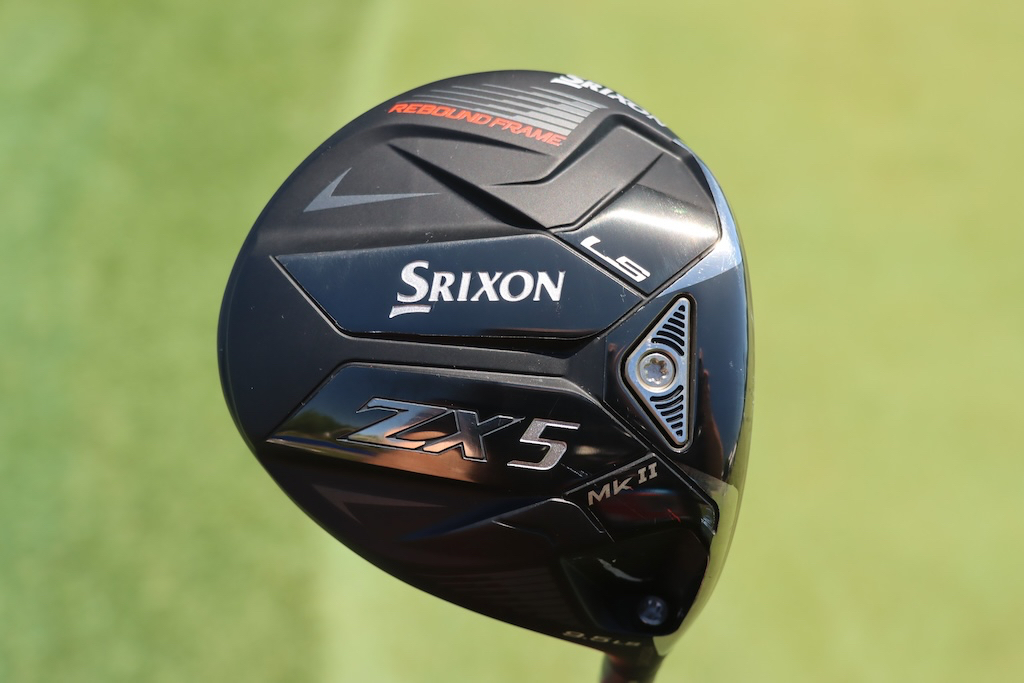
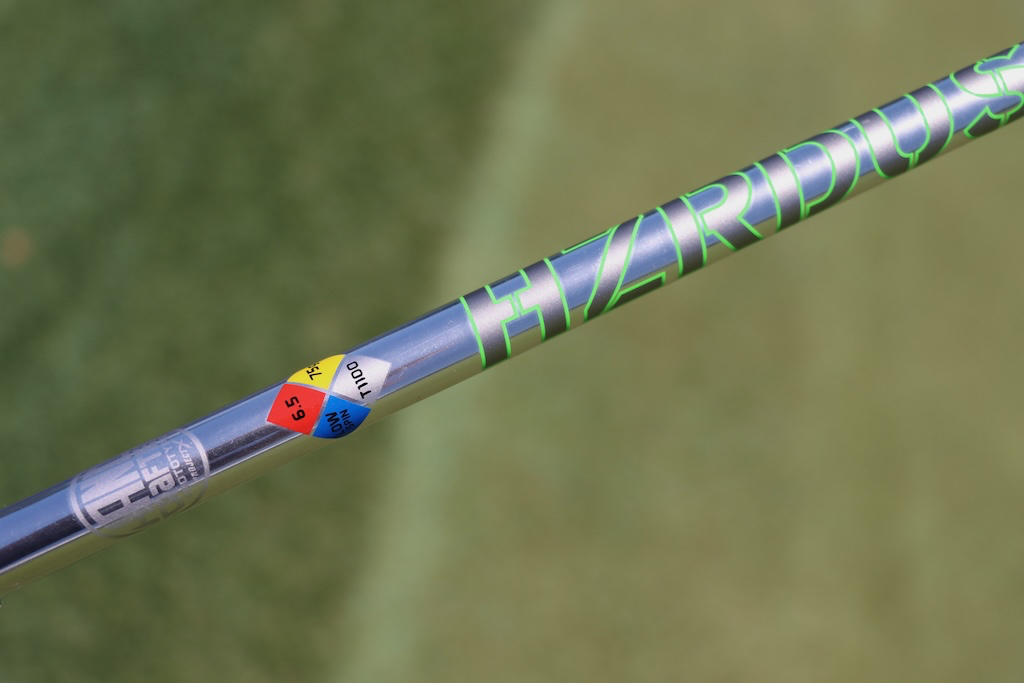
3-wood: TaylorMade Qi10 Tour
Shaft: Project X HZRDUS Black 80 TX
Hybrid: TaylorMade Qi10 Tour Rescue (22 degrees)
Shaft: Project X HZRDUS Smoke Black RDX 6.5 100
Irons: Srixon ZX7 Mk II (4-PW)
Shafts: True Temper Dynamic Gold Mid Tour Issue X100
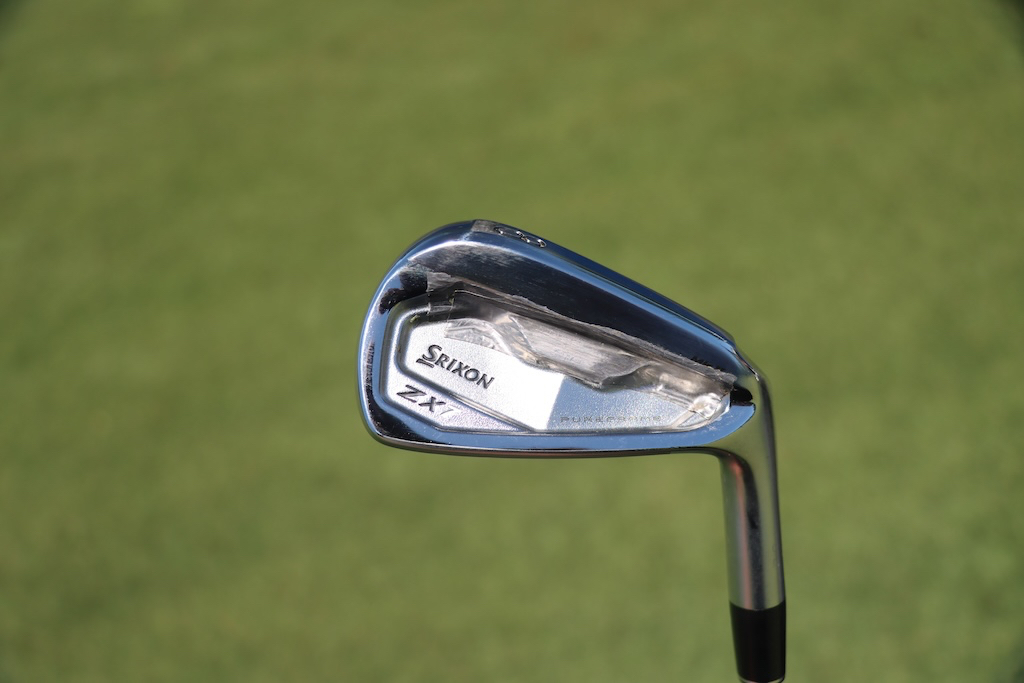
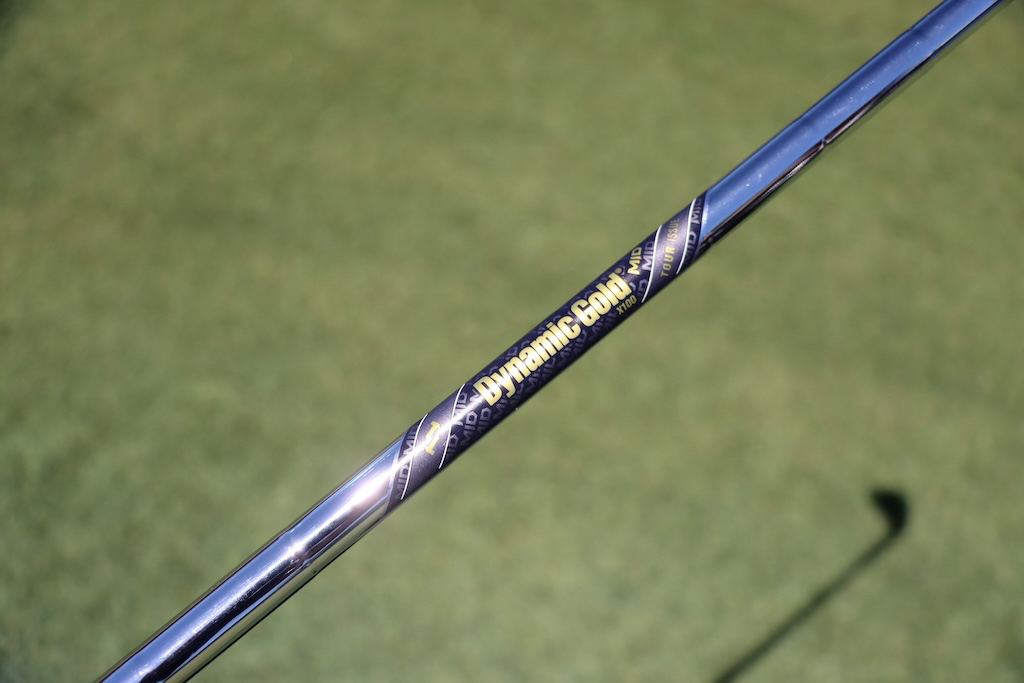
Wedges: Cleveland RTX6 ZipCore Tour Rack (50-10 MID, 54-10 MID, 58-10 MID, 60-06 LOW)
Shafts: True Temper Dynamic Gold Mid Tour Issue X100, S400
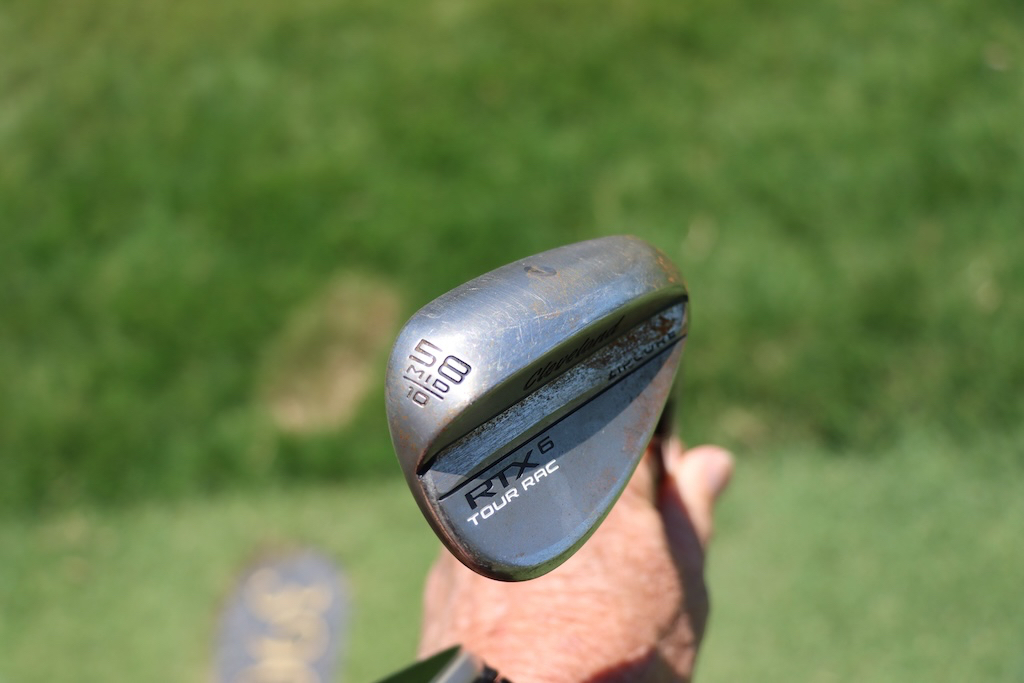
Putter: Scotty Cameron
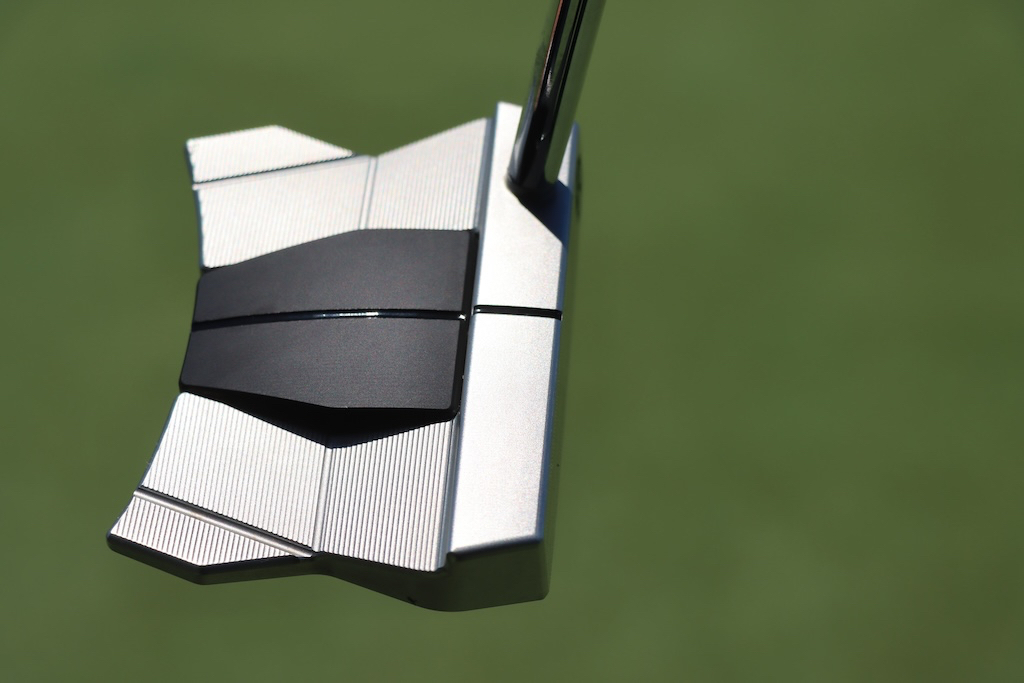
Grips: Golf Pride MCC Plus4
Check out more in-hand photos of Alejandro Tosti’s WITB in the forums.
- LIKE0
- LEGIT0
- WOW0
- LOL0
- IDHT0
- FLOP0
- OB0
- SHANK0
Whats in the Bag
Drew Brees WITB 2024 (April)
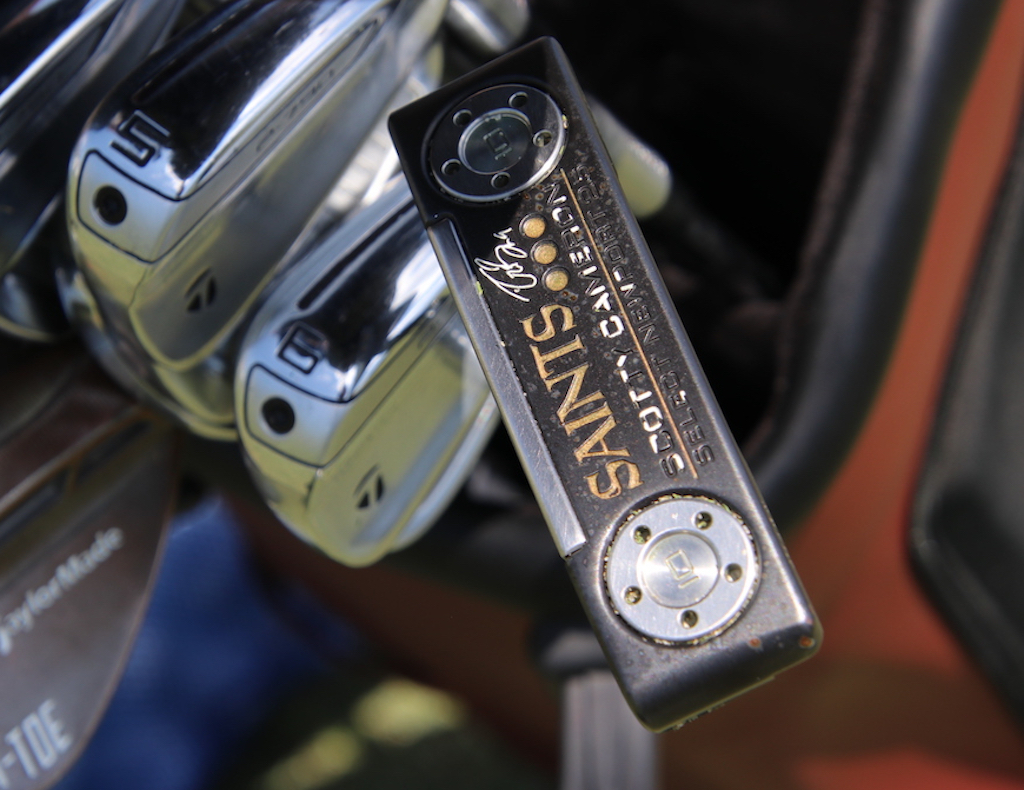
View this post on Instagram
Driver: TaylorMade Stealth 2 Plus (10.5 degrees)
Mini driver: TaylorMade BRNR Mini Copper (13.5 degrees)
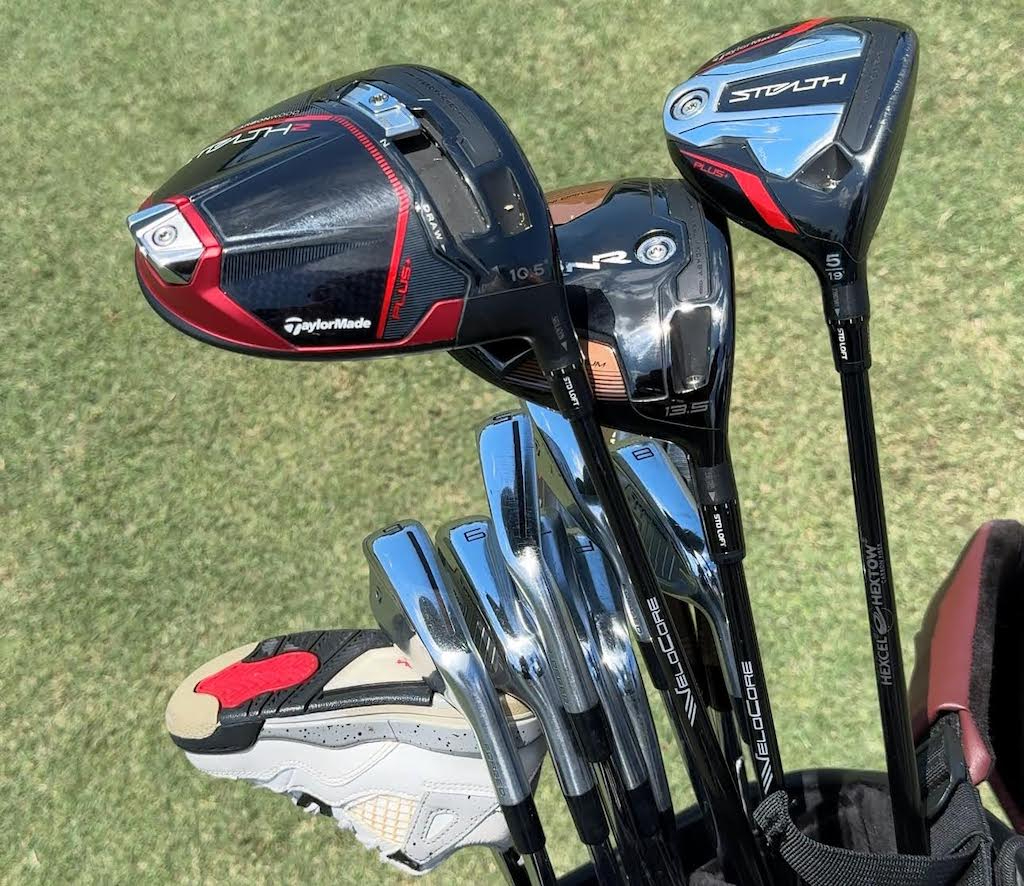
5-wood: TaylorMade Stealth Plus (19 degrees)
Irons: TaylorMade P790 (4-8, PW), TaylorMade P760 (9)
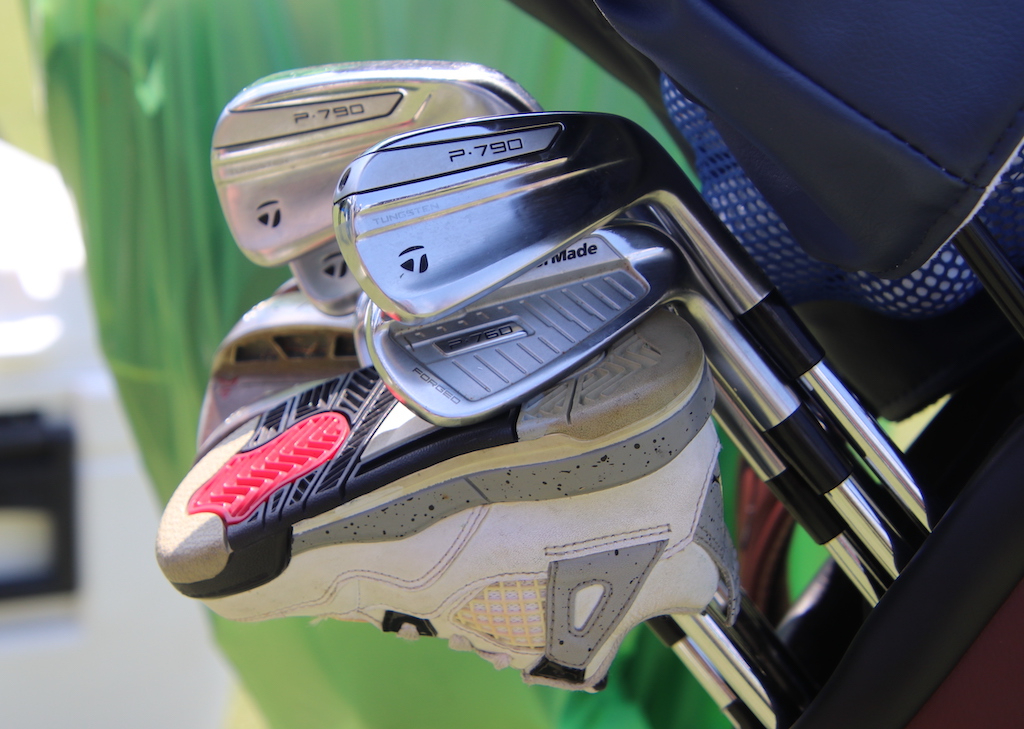
Wedges: TaylorMade MG Hi-Toe (52-09, 56-10, 60)
Putter: Scotty Cameron Select Newport 2 Prototype

Check out more in-hand photos of Drew Brees’ clubs here.
- LIKE0
- LEGIT0
- WOW0
- LOL0
- IDHT0
- FLOP0
- OB0
- SHANK0
Equipment
Putter Roundup: 2024 Zurich Classic of New Orleans
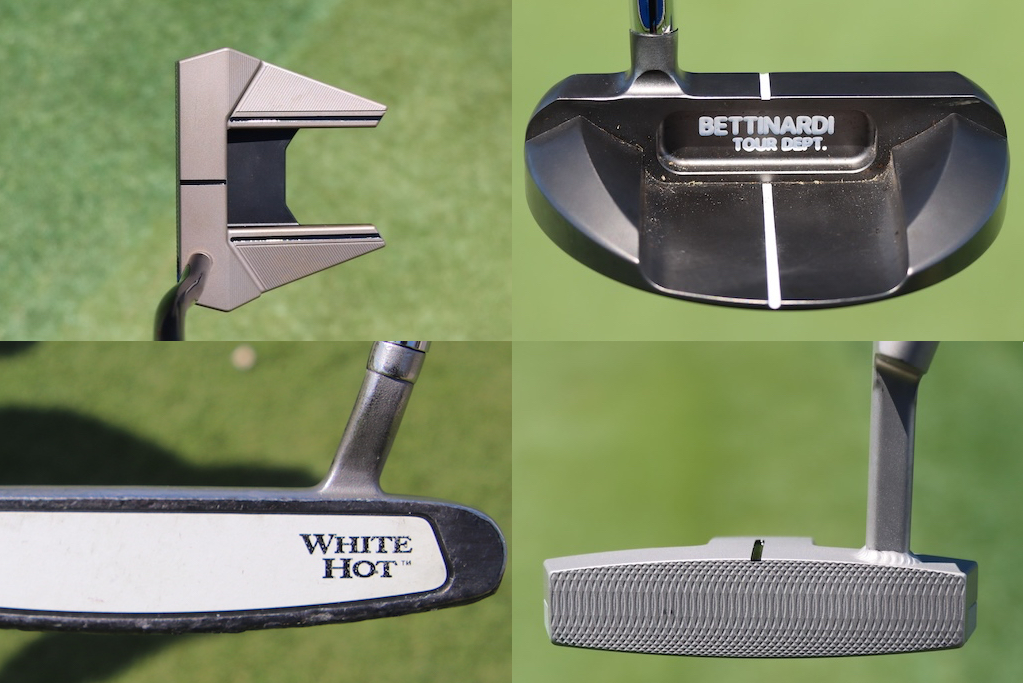
We always get some great photos of some phenomenal putters at tour events and love to share them. Here are a few from the 2024 Zurich Classic that caught our eye and seemed interesting. (And as a reminder, you can check out all our photos from New Orleans here)
MJ Daffue’s Scotty Cameron T-11 Prototype
MJ is going with the new Scotty Cameron T-11 Prototype this week. The putter is a multi-piece mallet that puts an emphasis on stability with the wings on the back. Daffue’s putter does have a design that differs from retail with a monotone finish, which eliminates the black paint on the aluminum parts that we see at retail. He also has a half siteline milled into the top and an L-neck welded on for some additional toe hang. The face features a deeper milling that should offer a softer feel and slightly quieter sound.
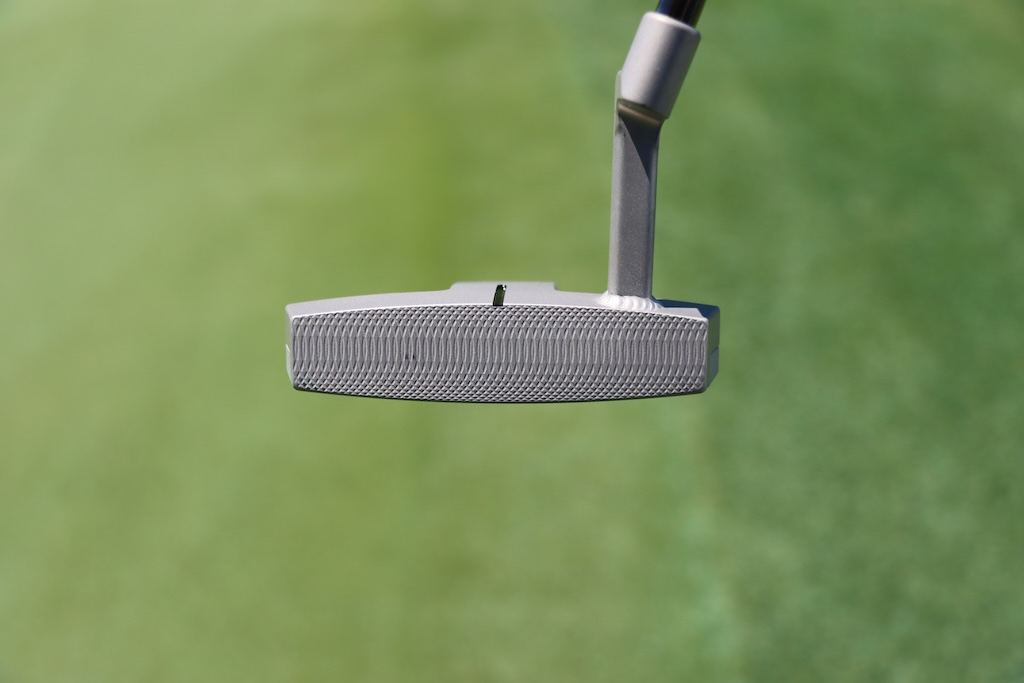
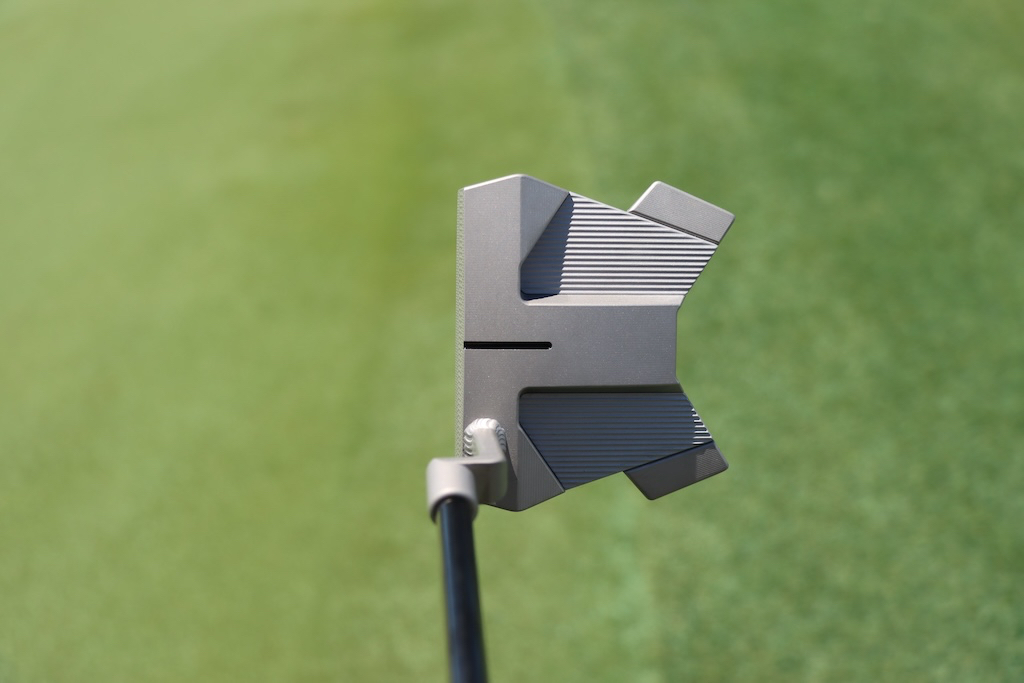
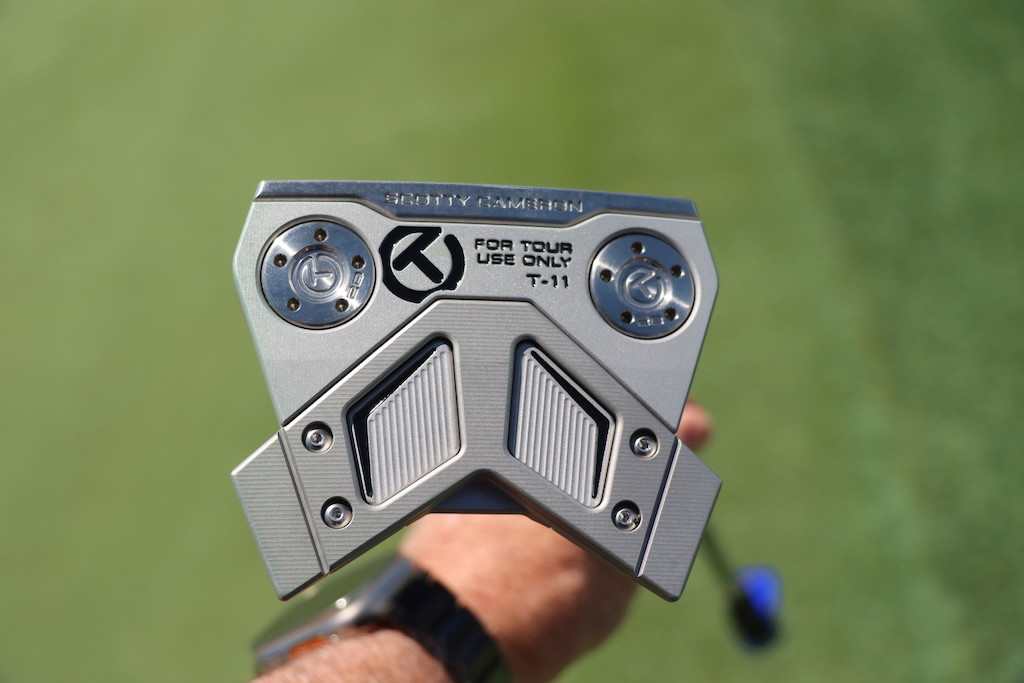
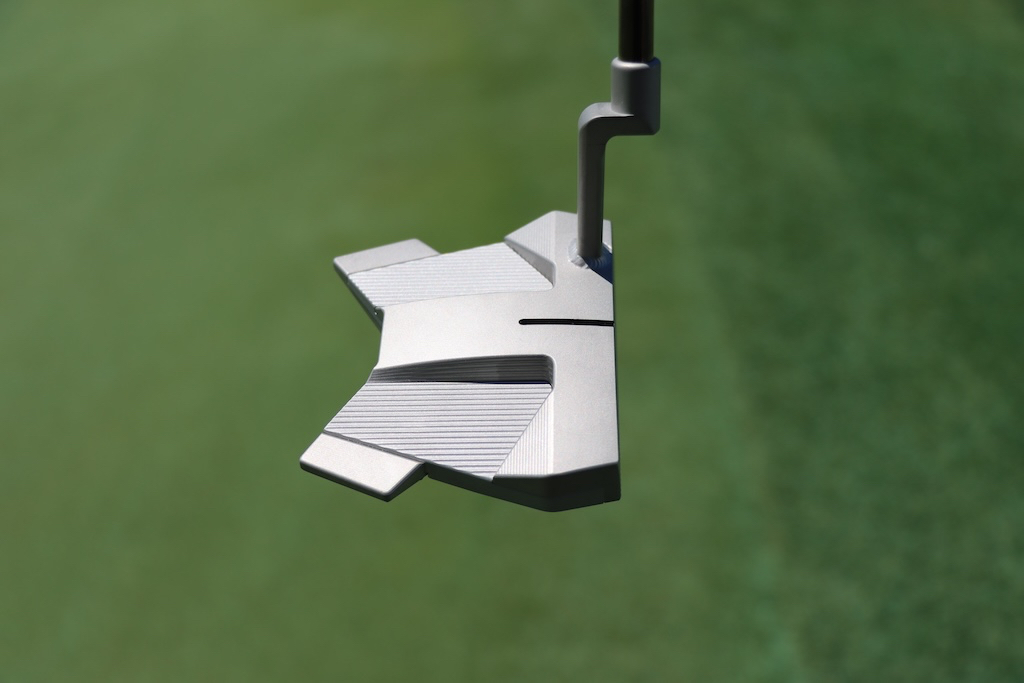
Scotty Cameron T-7.5 Prototype
We spotted a few different Scotty Cameron Phantom models with modified rear flanges. It looks like the straight black flange was cut into a half circle for a little softer look at address. On this T-7.5, you can still see the raw aluminum from the back view, so this might have been a last-minute job to get them out on tour. The semi-circle also has a white line on it, maybe to frame the ball differently.
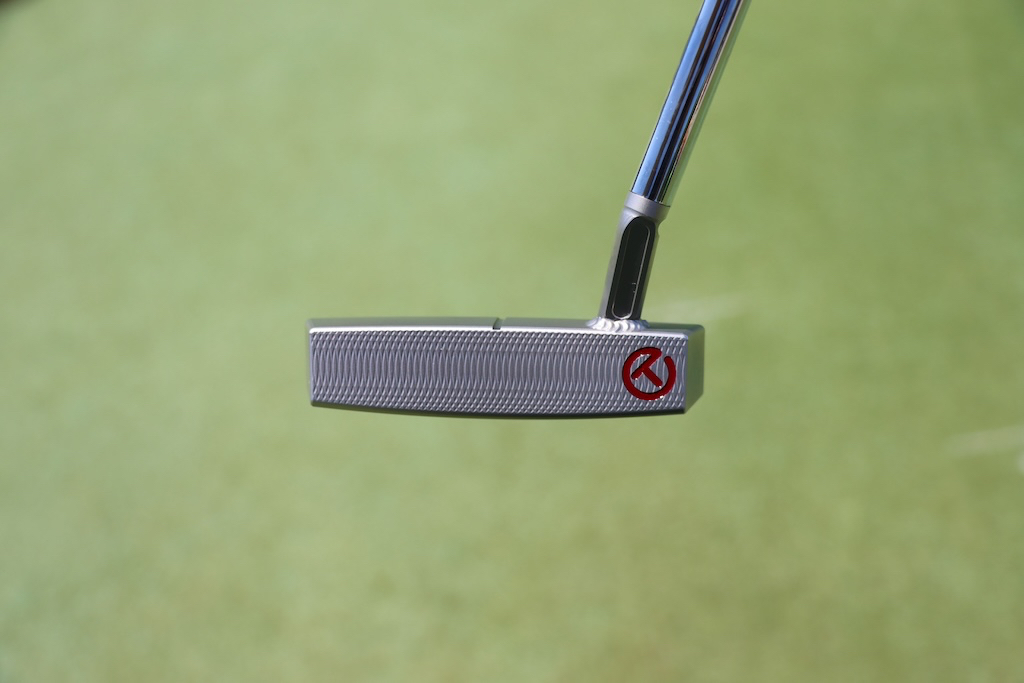
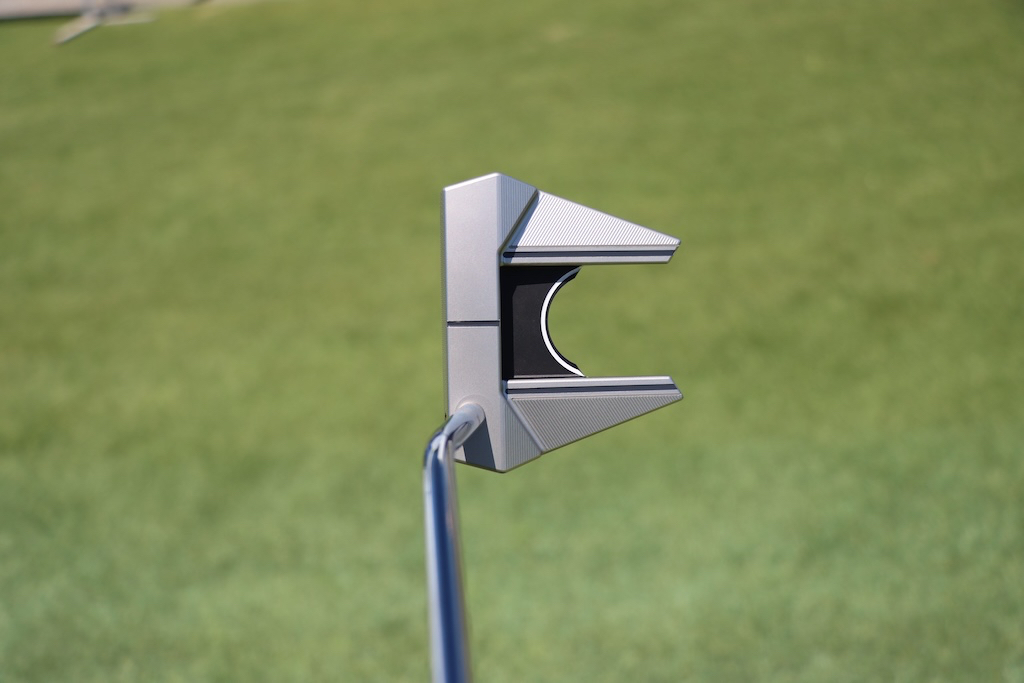
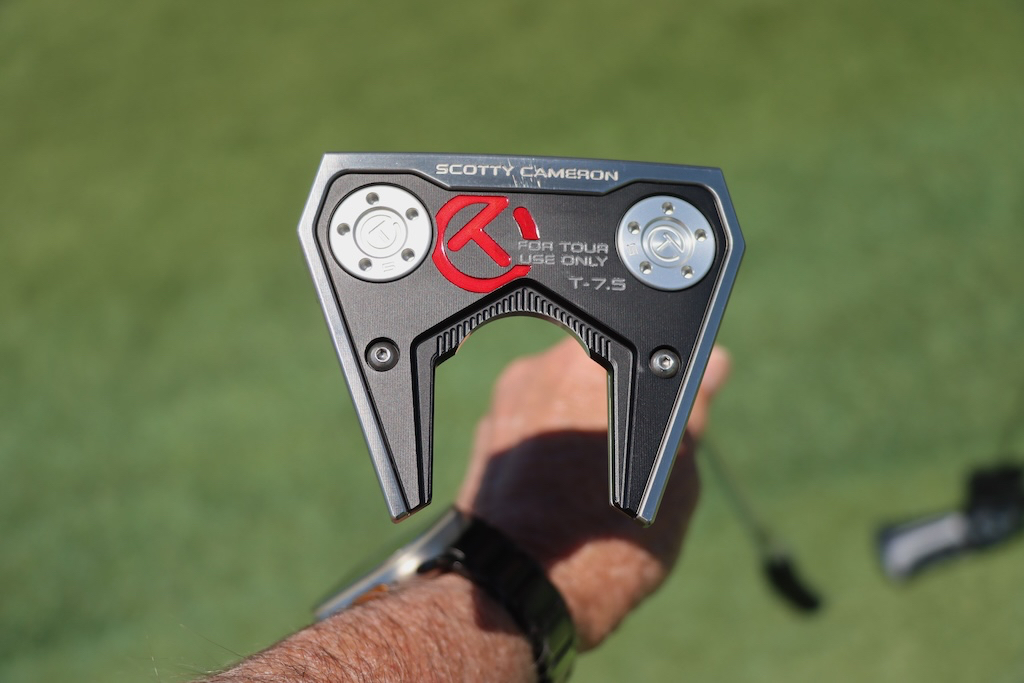
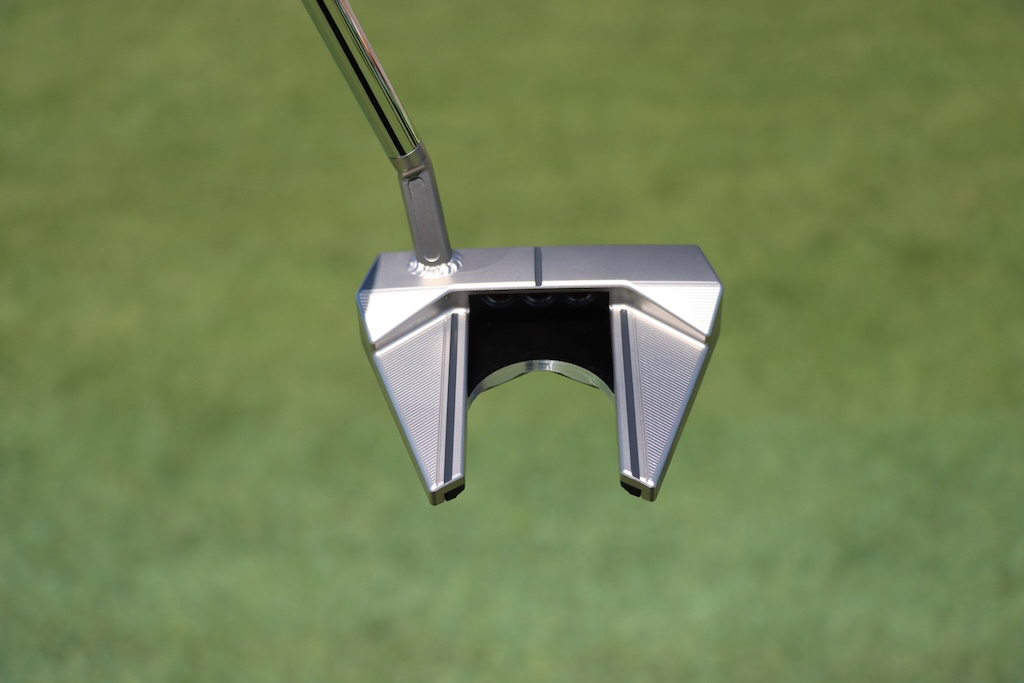
Alex Fitzpatrick’s Bettinardi SS16 DASS
Alex’s SS16 is made from Bettinardi’s famous D.A.S.S., or double-aged stainless steel, for a softer and more responsive feel. The face has a unique diamond pattern milling and features a logo that I feel like I have seen before, but can’t put a name to. The putter is a classic mid-mallet style with a simple, single white siteline on the top. The sole is clean with just the SS16, DASS, and a green triangle logo on it.
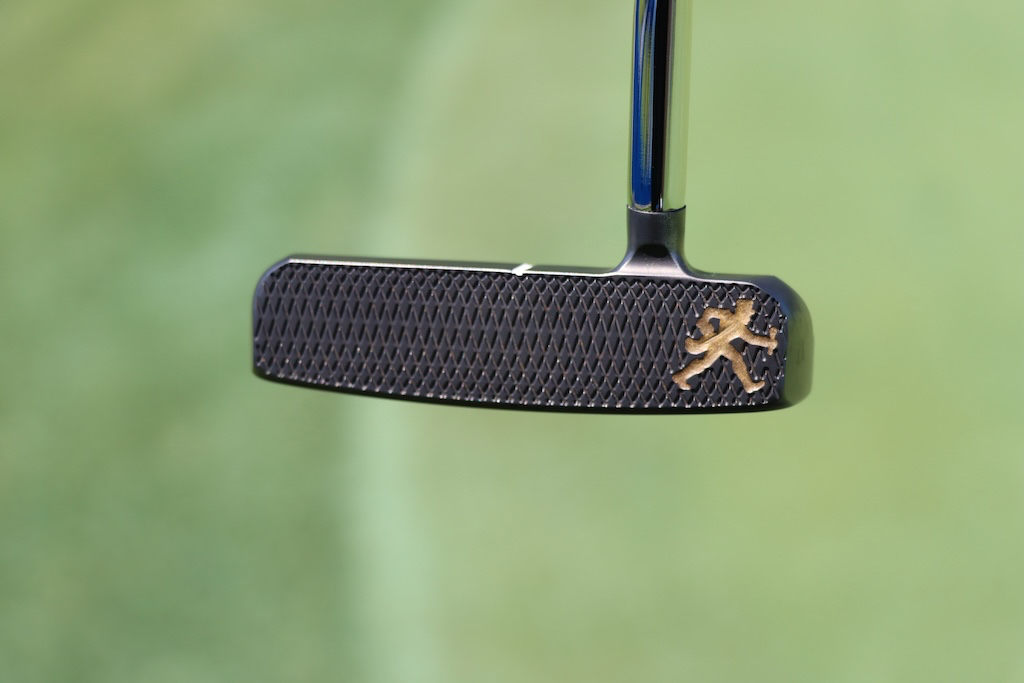
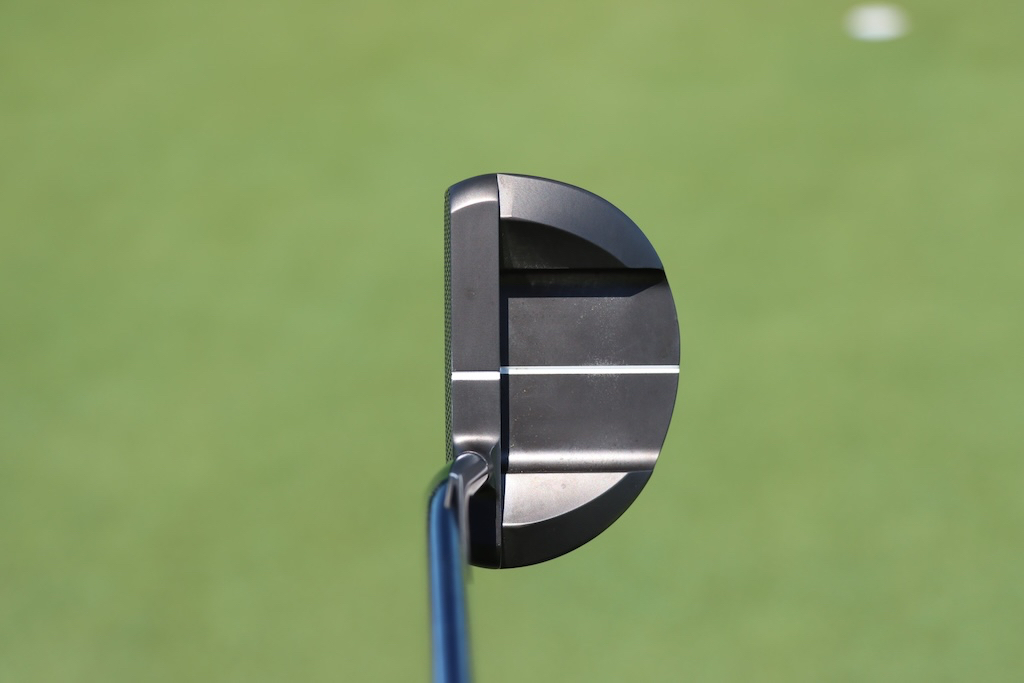

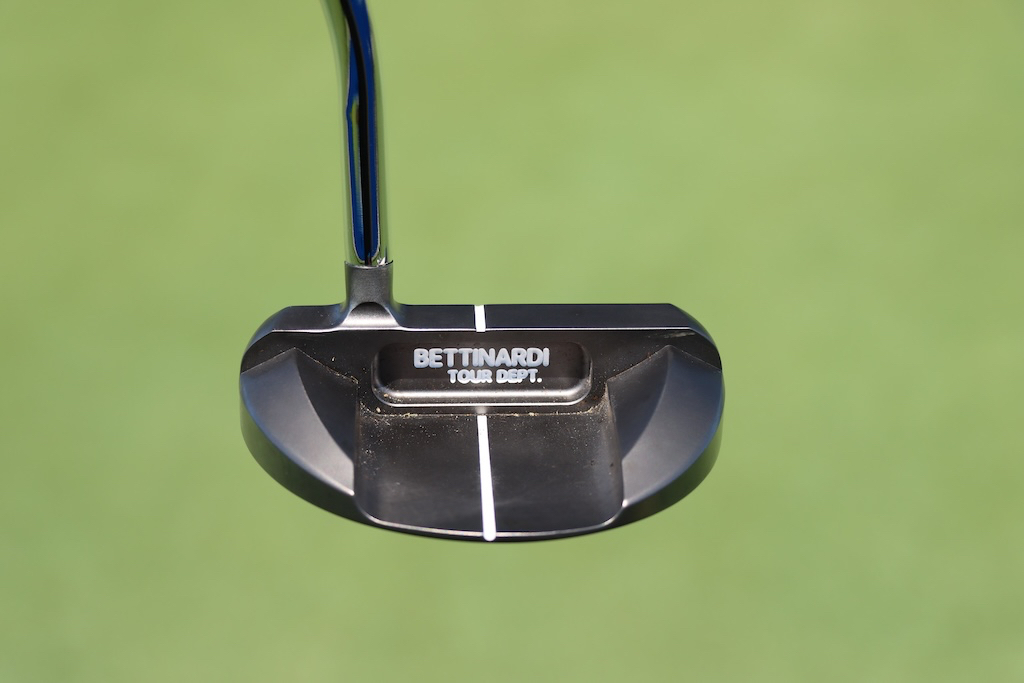
Steve Stricker’s Odyssey White Hot No. 2
This putter has made some amazing putts in its long career! Stricker’s White Hot No. 2 might be in the top 10 of most famous putters in golf. When you see all the dents and lead tape, you know the heel will be up and it will be sinking putts! The soft White Hot insert looks to be in good shape and has less wear on it than the rest of the putter. We don’t know how much lead tape is on the sole, but it has to be multiple layers compacted down over the years.
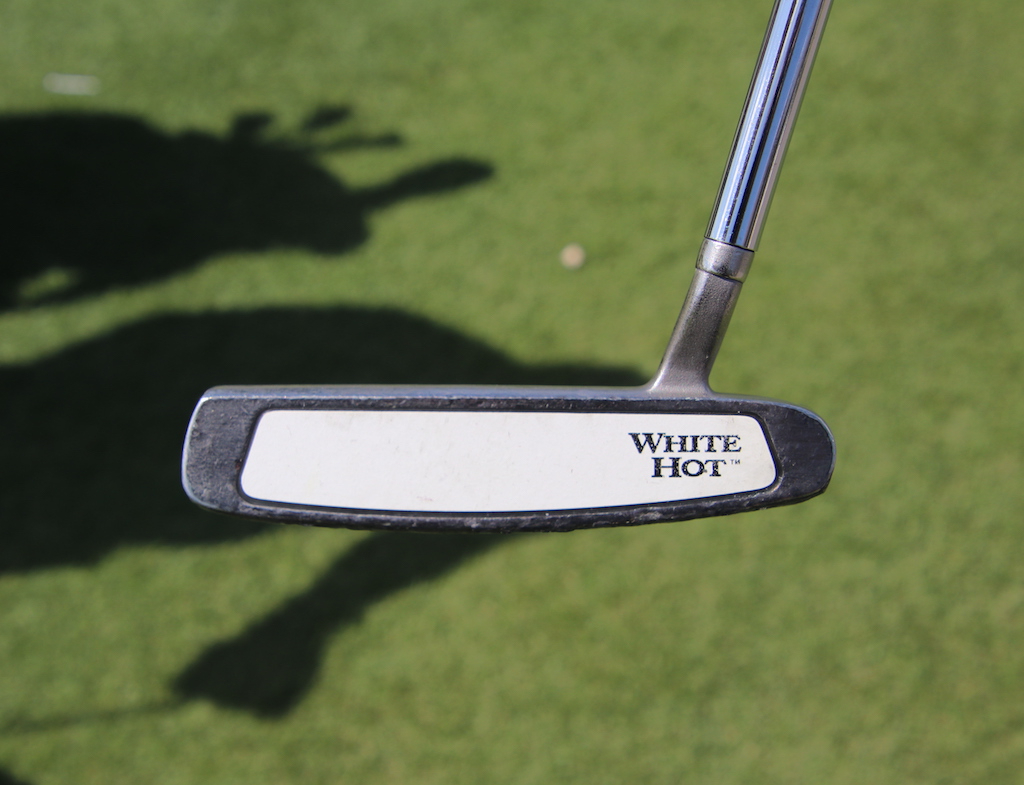


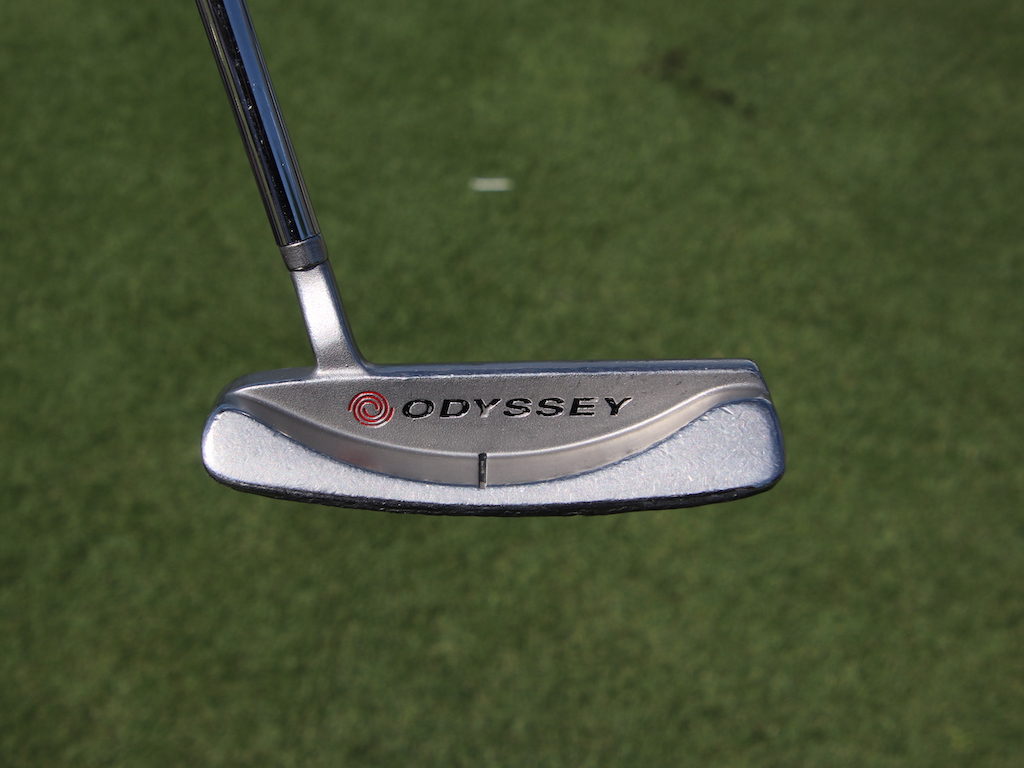
Doug Ghim’s Scotty Cameron T-7 Prototype
This T-7 should win the award for “best color finish” in this list with its deep chromatic bronze. It looks like Scotty added a cherry bomb dot to the heel of the deep-milled face and filled it with a very dark blue paint. The rest of the putter looks pretty stock with its single site line on the topline and twin site lines down the “fangs” of the putter. Twin 5-gram weights are installed in the sole and the putter is finished off with a gloss black double bend shaft with a fill shaft offset.
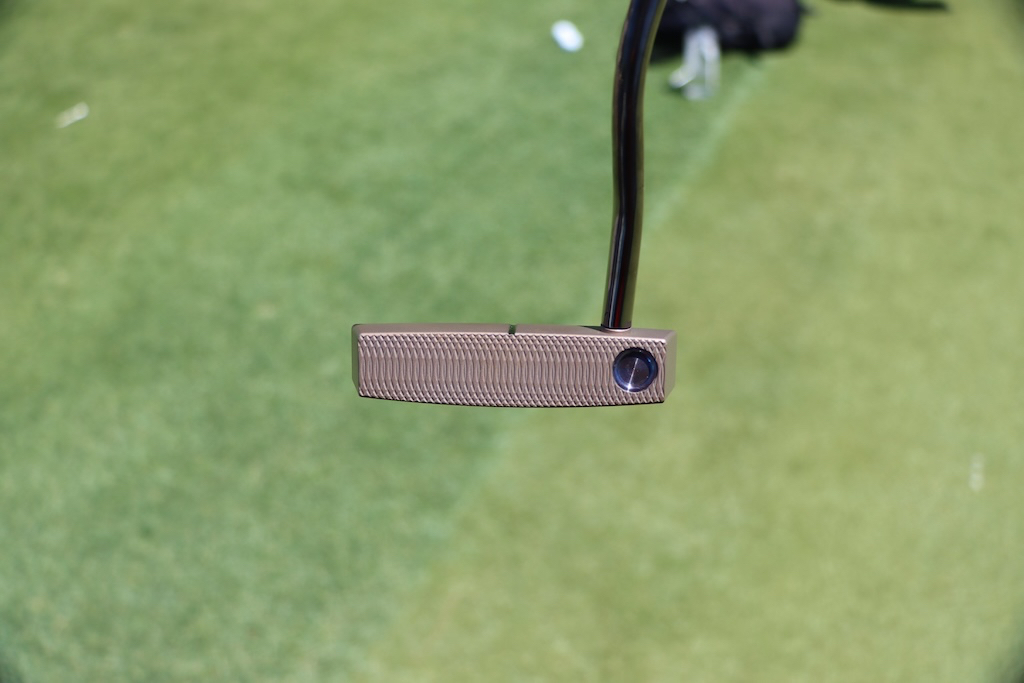
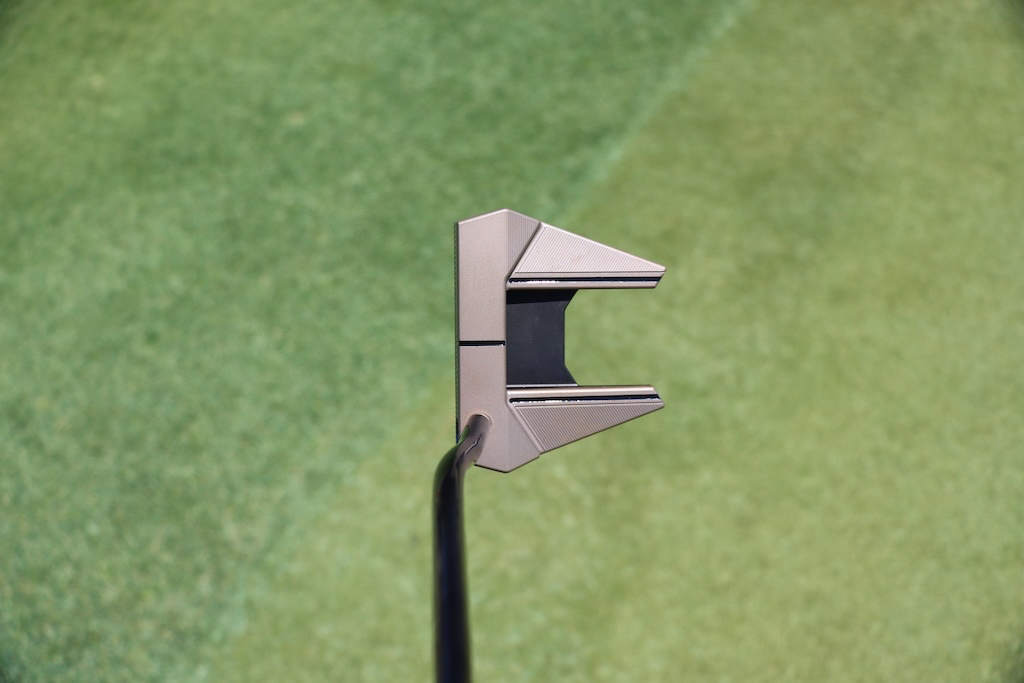
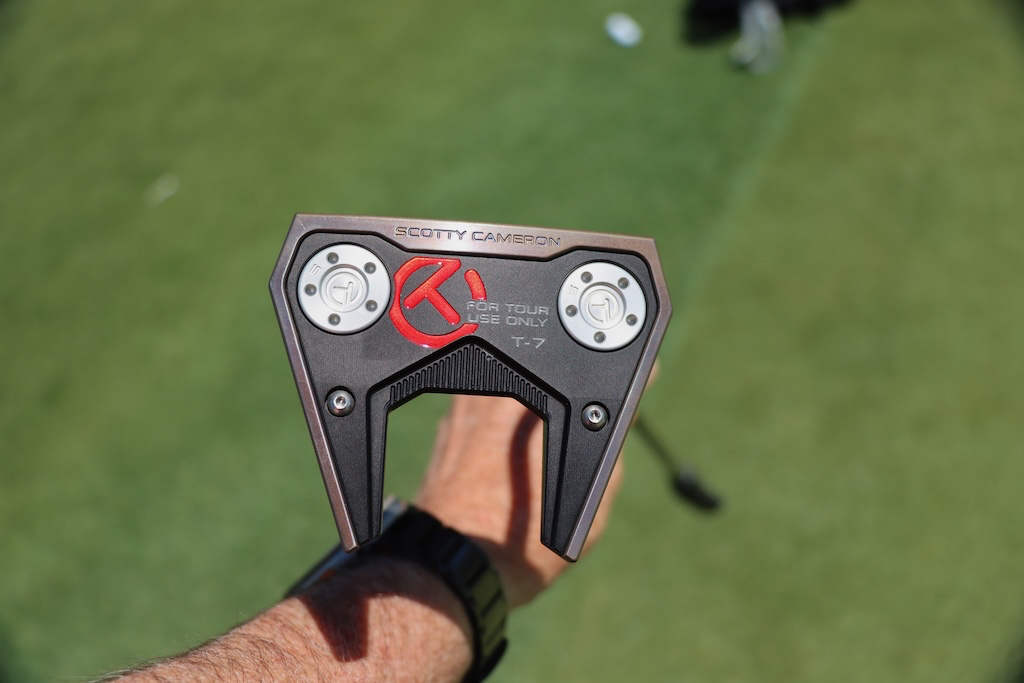
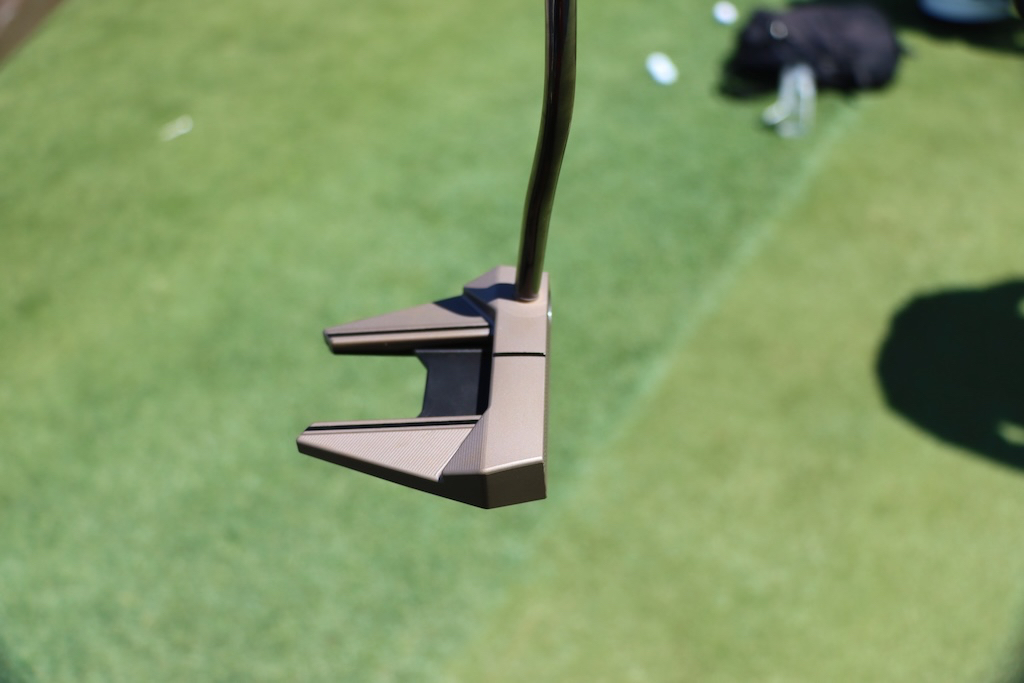
- Check out the rest of our photos from the 2024 Zurich Classic
- LIKE3
- LEGIT0
- WOW0
- LOL0
- IDHT0
- FLOP0
- OB0
- SHANK0
-

 19th Hole2 weeks ago
19th Hole2 weeks agoDave Portnoy places monstrous outright bet for the 2024 Masters
-

 19th Hole3 days ago
19th Hole3 days agoJustin Thomas on the equipment choice of Scottie Scheffler that he thinks is ‘weird’
-

 19th Hole2 weeks ago
19th Hole2 weeks agoTiger Woods arrives at 2024 Masters equipped with a putter that may surprise you
-

 19th Hole3 days ago
19th Hole3 days ago‘Absolutely crazy’ – Major champ lays into Patrick Cantlay over his decision on final hole of RBC Heritage
-

 19th Hole2 weeks ago
19th Hole2 weeks agoTwo star names reportedly blanked Jon Rahm all week at the Masters
-

 19th Hole1 week ago
19th Hole1 week agoReport: LIV Golf identifies latest star name they hope to sign to breakaway tour
-

 19th Hole1 week ago
19th Hole1 week agoNeal Shipley presser ends in awkward fashion after reporter claims Tiger handed him note on 8th fairway
-

 19th Hole1 week ago
19th Hole1 week agoBrandel Chamblee has ‘no doubt’ who started the McIlroy/LIV rumor and why


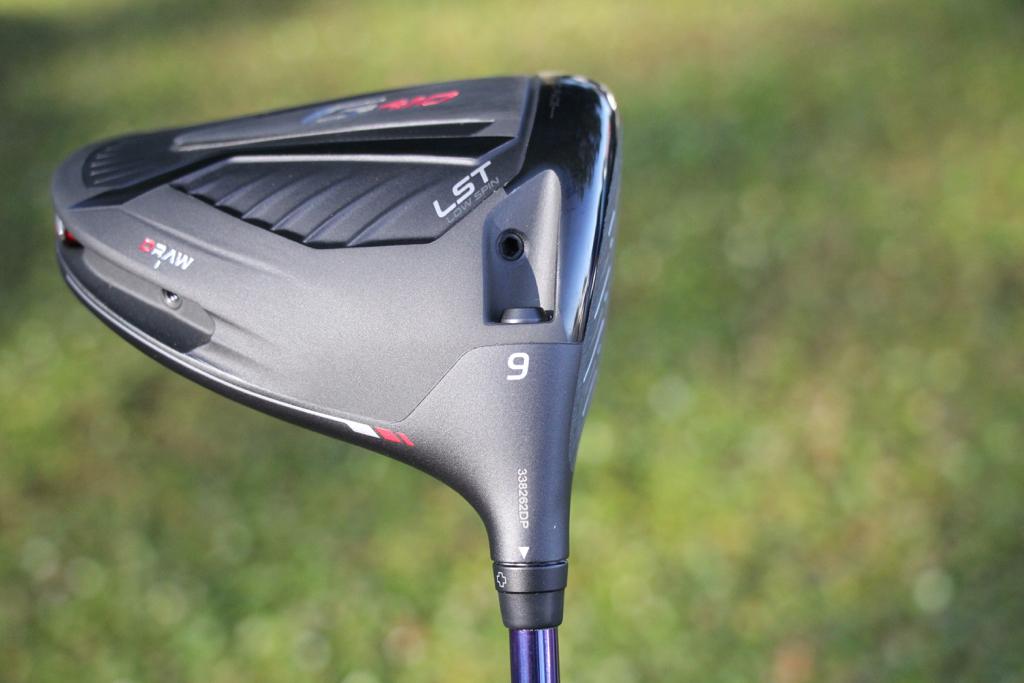
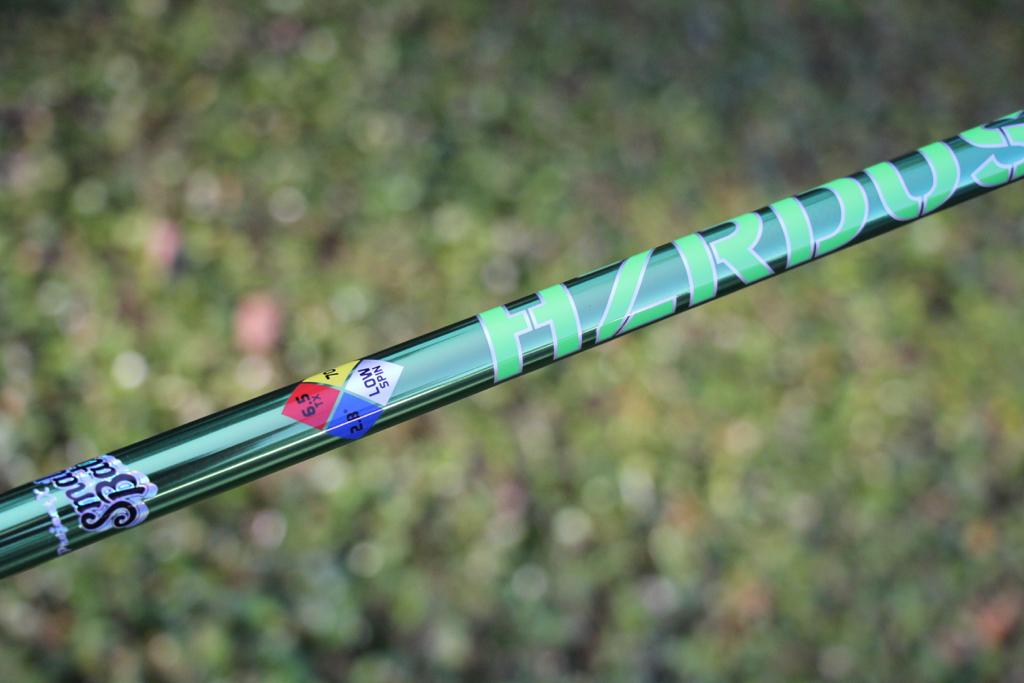
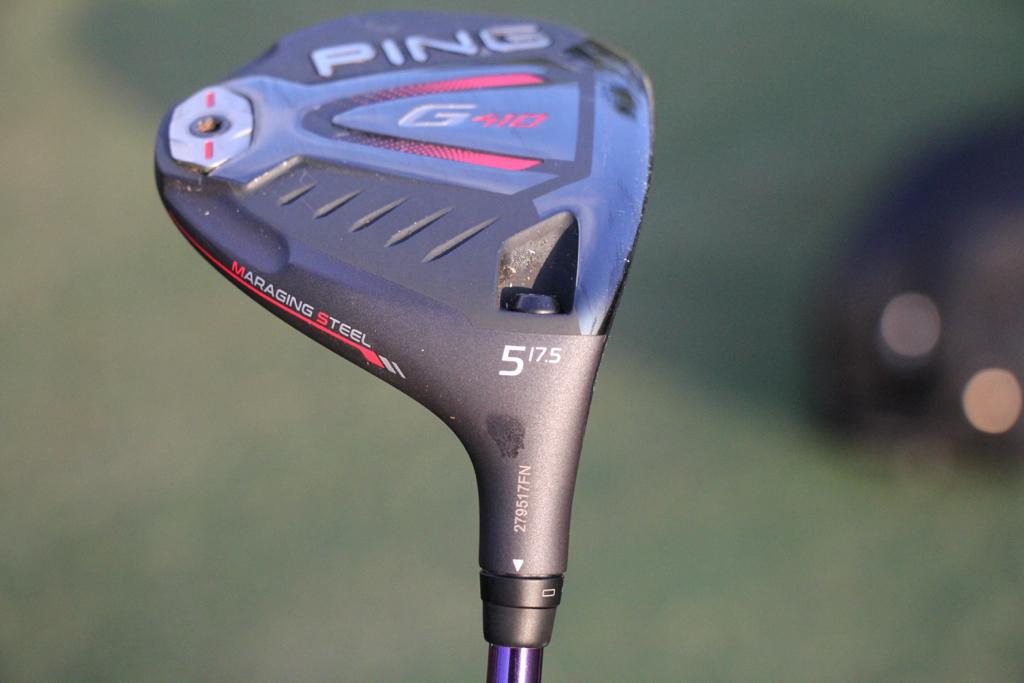
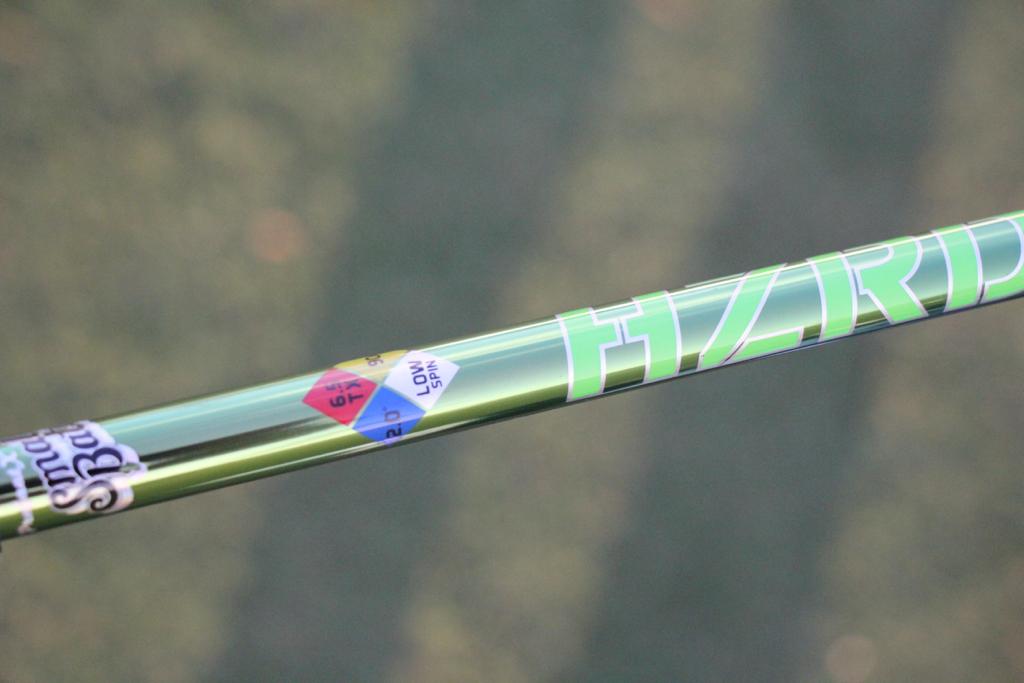
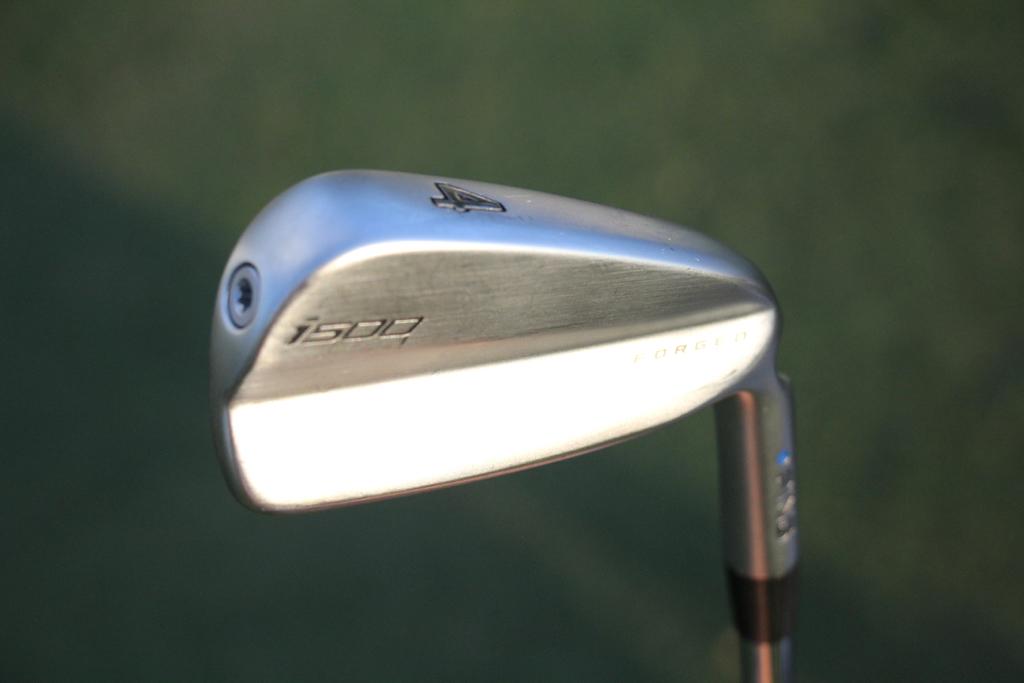
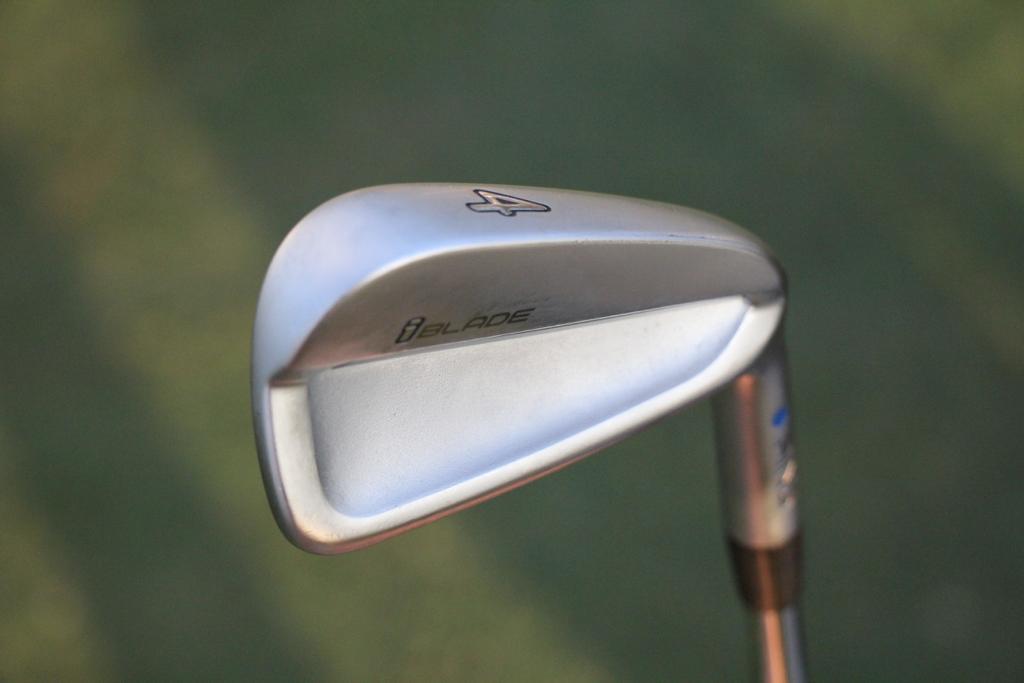
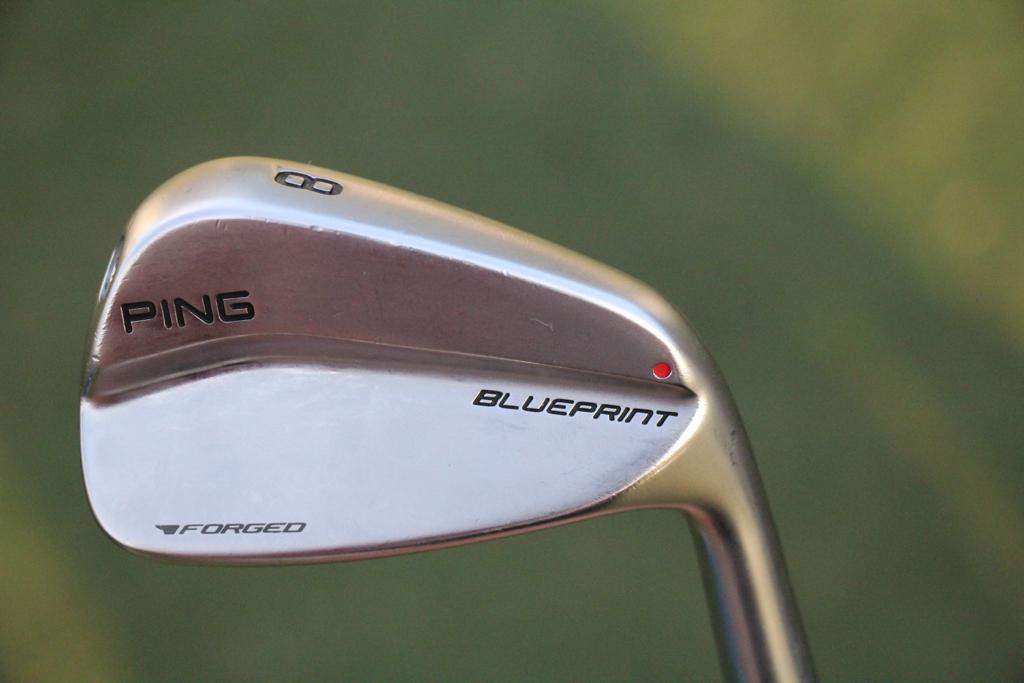
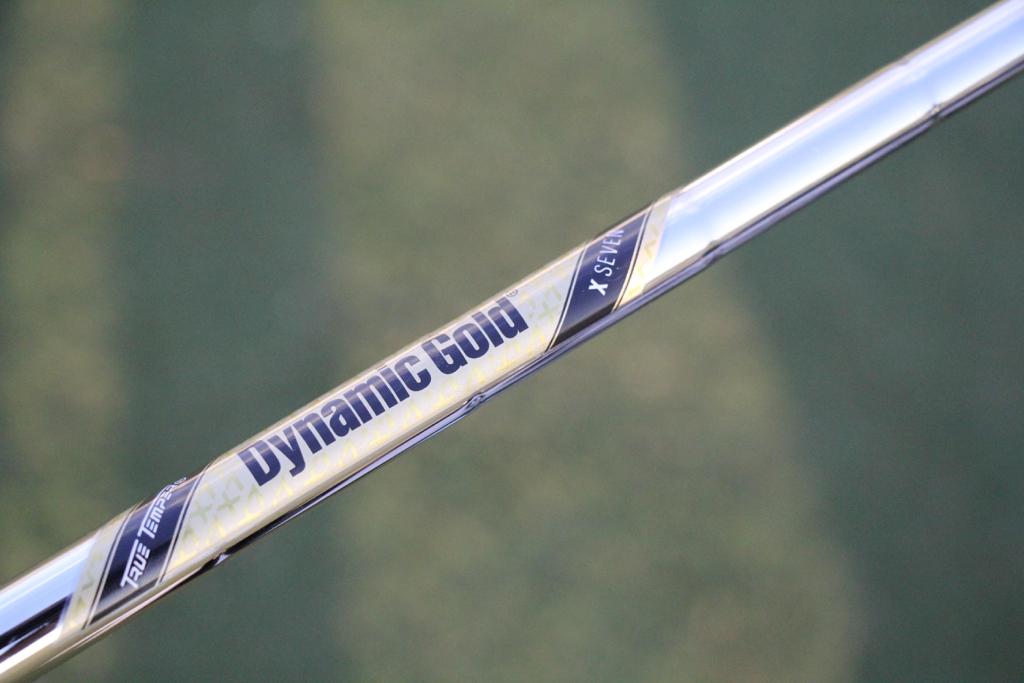
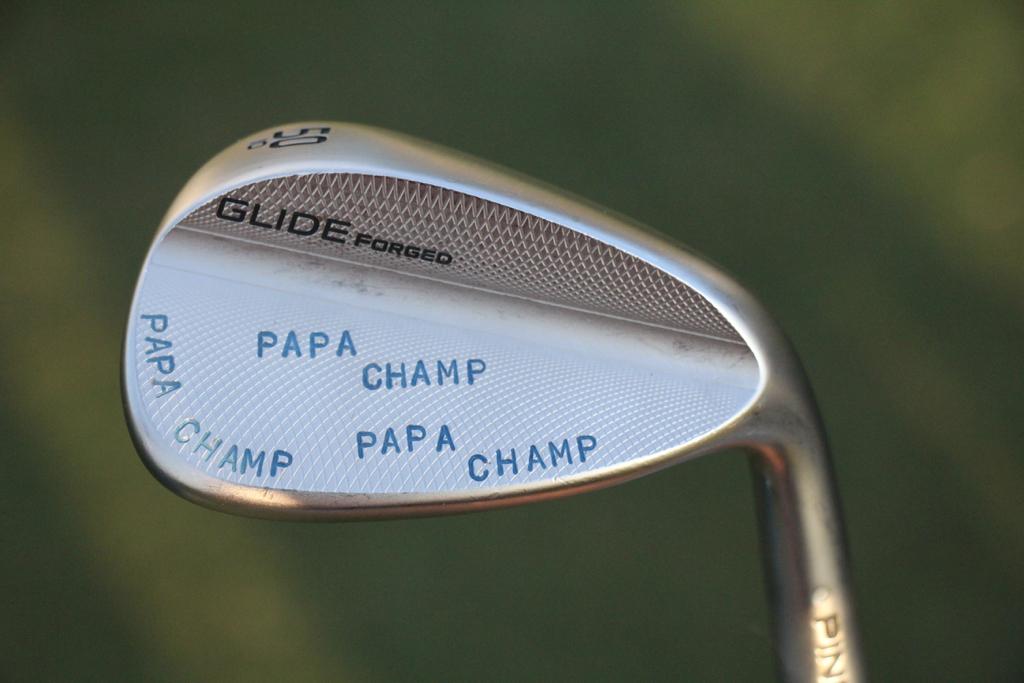
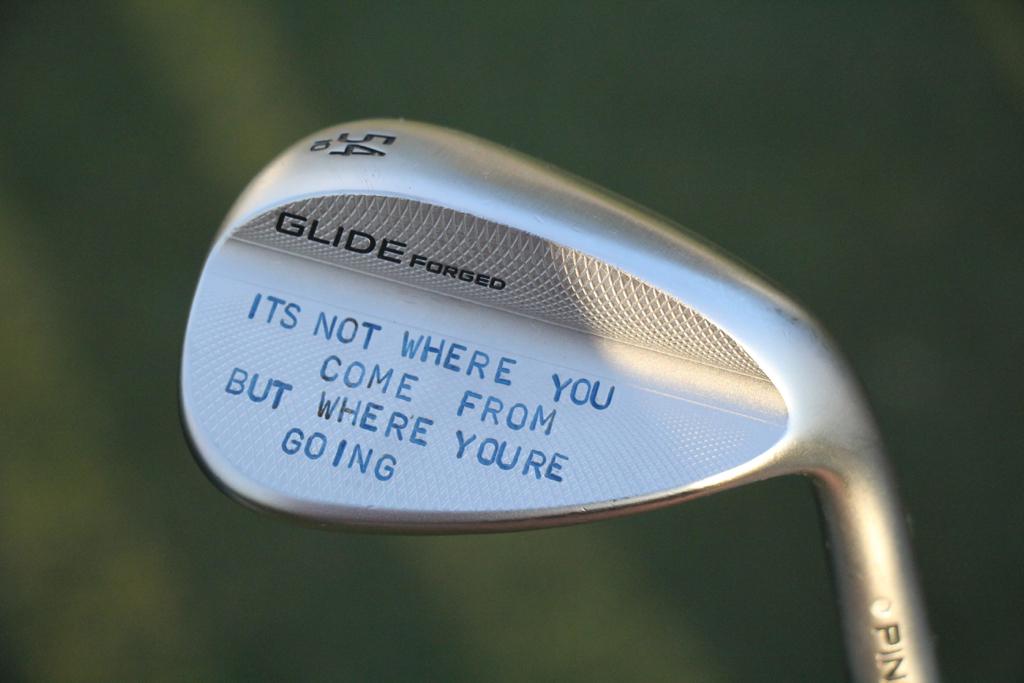
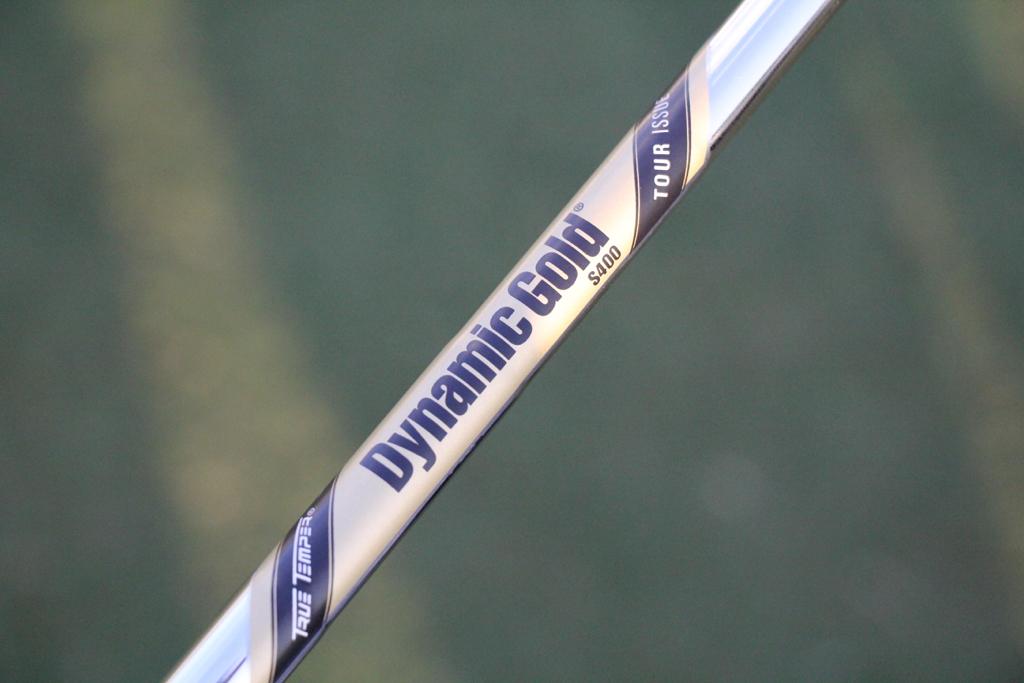








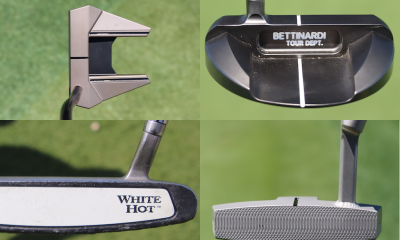



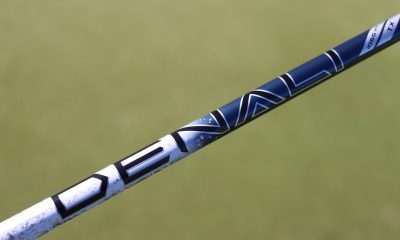










will
Jun 26, 2020 at 11:59 pm
ahhh man, wanted to see the putter
stanley
Jun 26, 2020 at 7:00 pm
this is an awesome detail of cameron’s champ. what a fascinating player.
The Truth
Jun 26, 2020 at 6:41 pm
Srixon XV is LONG!
Jordan
Jun 26, 2020 at 2:12 pm
This is 10x more impressive than the Bryson stuff. His ‘slingshot’ swing is incredible.
Sam Bozoian
Jun 26, 2020 at 12:12 pm
Not great timing JW. I guess clubs are clubs though